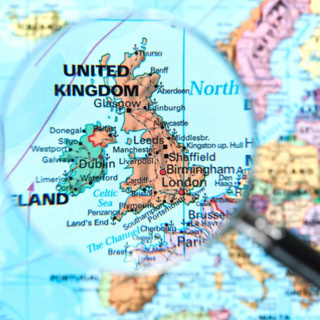Om avsnittet
The Glorious Revolution led to England having two reigning monarchs for the price of just one: William III and Mary II, or Williamandmary, as we like to think of them. It started with a Bill of Rights, which no one signed and never became law, but it was destined to have a great role in the future. Curious, isn't it, how something with no immediate impact can turn out to be historic? Some bits of it led to legislation, including the Settlement Act, which legitimised the new monarchs' rule, a pretty remarkable step, seeing as it made the sovereign's power dependent on parliamentary authority. Above all, the new approach firmly rooted the notion that the monarch needs the consent of parliament to some of his (or her) actions. That was especially true of the more expensive ones, since it and it alone would control taxation in the future. All this was hardly the beginning of democracy, but it did mark the end of arbitrary royal power. A pretty significant development, given how absolutist other regimes were, notably in France, Europe's leading power at the time. Illustration: King William III; Queen Mary II by Jakob van der Schley, after Hubert-François Gravelot (né Bourguignon) National Portrait Gallery D10672 Music: Bach Partita #2c by J Bu licensed under an Attribution-NonCommercial-No Derivatives (aka Music Sharing) 3.0 International License

